Student Life
Incredible people from all around the world find community here at Peddie. We’re proud to be a school where students can expand their comfort zones, chart their own course and become good citizens and bold individuals.
Whether you’re at the podium at our twice-weekly chapel meeting, saving baby turtles with the Terrapin Club, hopping on the Culture Bus to take in a Broadway show or grabbing a snack at The Grille with friends, you’ll find that Peddie is a place that helps you soar to new heights.
Boarding Life
What’s it like to live at school? Let Lauren and Karishma be your guides on a tour of Green Dormitory. They have the inside scoop on hangout spots, dorm eats and how to build a home away from home.
Traditions
Our traditions — old and new — are the foundation for enduring memories and powerful connections.
Learn moreClubs & Organizations
Cooking, art, cinema, sneakers, charity: whatever your interest, there’s a place for it at Peddie.
Learn moreHealth Services
Our team of healthcare professionals are available 24 hours a day, seven days a week.
Learn moreMeet our Student Life Team
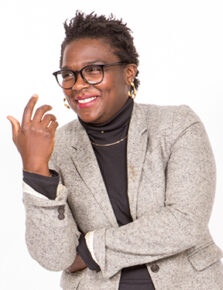
Jenate Brown
Dean of Students, 12th Grade
English Teacher
Head Coach, Girls Junior Varsity Basketball
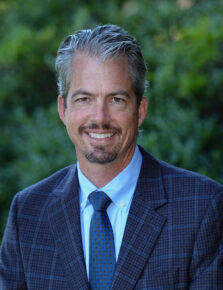
Benjamin Bickford
History Teacher
Head Coach, Boys Varsity Golf
M.A., Rutgers University
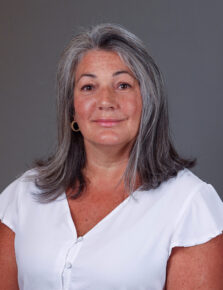
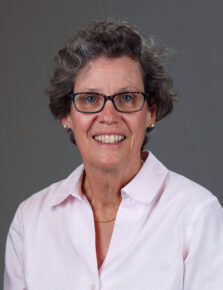
Jan Denise Loughran, Ph.D.
Dean of Students, 11th Grade
M.A., Middlebury College
J.D., Villanova University School of Law
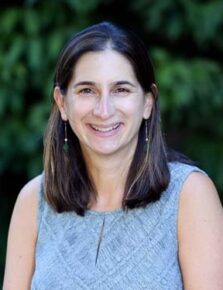
Shani Peretz, Ph.D.
Science Teacher
Director of STEM EXP Signature Experience
Ph.D., Yale University School of Medicine

Gregory Wriede
Dean of Students, 9th Grade
Assistant Coach, Varsity Swimming
M.S., Ohio University